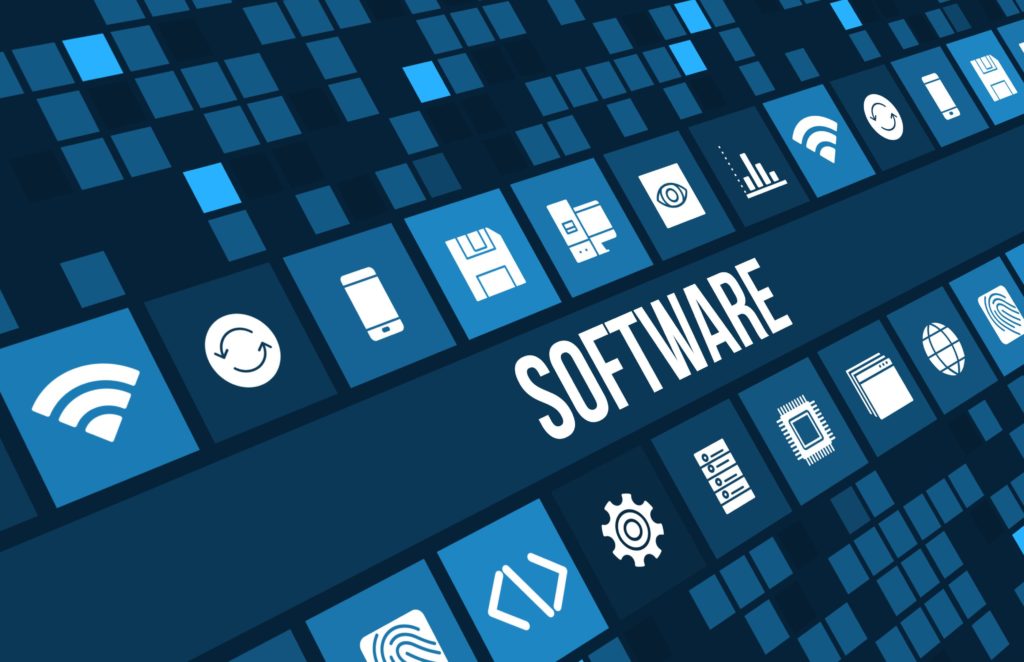In the ever-evolving world of technology, software plays a pivotal role in shaping the way we work, communicate, and innovate. From operating systems to development environments, programming languages to project management tools, a myriad of entities drive the digital landscape forward. In this article, we will delve into the intricate web of software components that constitute the backbone of modern computing.
Operating Systems
The foundation of any computing device lies in its operating system (OS), serving as an interface between hardware and user applications. Microsoft Windows, with its user-friendly interface and widespread adoption, has been a dominant force in personal computing. Meanwhile, macOS, exclusive to Apple devices, is renowned for its sleek design and seamless integration across Apple’s product ecosystem. Linux, in its various distributions such as Ubuntu and Fedora, offers a robust, open-source alternative, favored by developers and server environments alike.
Programming Languages
Programming languages are the building blocks of software development, each designed with specific purposes in mind. Python, known for its readability and versatility, is widely used in web development, artificial intelligence, and data science. Java, a platform-independent language, powers enterprise-level applications. C++ combines high performance with low-level memory manipulation, making it ideal for system-level programming. JavaScript, a dynamic language, drives interactivity on the web, playing a key role in front-end development.
Development Environments
Development environments provide tools and features that streamline the coding process. Visual Studio, a product of Microsoft, offers a comprehensive suite for various programming languages, promoting collaboration and integration. Eclipse, an open-source IDE, is extensible and widely used in Java development. IntelliJ IDEA, renowned for its intelligent code assistance, is favored by developers working with Java, Kotlin, and other languages.
Web Browsers
Web browsers are the gateway to the vast expanse of the internet. Google Chrome, with its speed and simplicity, dominates the browser market. Mozilla Firefox, an open-source alternative, focuses on privacy and customization. Microsoft Edge, a successor to Internet Explorer, emphasizes compatibility, security, and seamless integration with Windows.
Office Suites
Office suites facilitate productivity and collaboration. Microsoft Office, encompassing Word, Excel, and PowerPoint, is a staple in business environments. Google Workspace, formerly G Suite, offers cloud-based collaboration tools like Google Docs, Sheets, and Slides, promoting real-time editing and accessibility from any device.
Antivirus Software
In an era where cybersecurity threats loom large, antivirus software is crucial for safeguarding digital assets. Norton, McAfee, and Avast are renowned players in this field, offering comprehensive protection against malware, phishing, and other cyber threats.
Graphic Design Software
Graphic design software empowers creatives to bring their visions to life. Adobe Photoshop, an industry-standard, excels in image editing and manipulation. Illustrator, also from Adobe, focuses on vector graphics. CorelDRAW, a versatile alternative, caters to illustration and design needs.
Database Management System
Databases are the backbone of data storage and retrieval. MySQL, an open-source relational database, is popular for web applications. Oracle Database, a robust and scalable solution, is widely used in enterprise settings. Microsoft SQL Server integrates seamlessly with the Microsoft ecosystem, offering relational database management capabilities.

Version Control Systems
Version control systems are essential for collaborative software development. Git, known for its speed and flexibility, is the de facto standard for version control. Subversion (SVN) is centralized, providing version control for code repositories. Mercurial, another distributed system, emphasizes simplicity and ease of use.
Cloud Platforms
Cloud platforms revolutionize how businesses manage and deploy applications. Amazon Web Services (AWS), Microsoft Azure, and Google Cloud Platform (GCP) offer scalable infrastructure, storage, and computing resources, empowering organizations to scale dynamically and enhance efficiency.
Mobile Operating System
Mobile operating systems power the smartphones and tablets that have become integral to daily life. Android, an open-source OS, dominates the global market, providing customization and a diverse app ecosystem. iOS, exclusive to Apple devices, is known for its seamless integration, security, and design.
Project Management Tools
Project management tools streamline collaboration and workflow. Jira, a product of Atlassian, is widely used for agile development, issue tracking, and project management. Trello, with its visual approach, simplifies task management. Asana, a versatile tool, caters to project planning, collaboration, and tracking.
Virtualization Software
Virtualization software enables the creation of virtual environments, allowing multiple operating systems to run on a single physical machine. VMware, a pioneer in virtualization, is widely used in enterprise settings. VirtualBox, an open-source alternative, is versatile and user-friendly. Hyper-V, a Microsoft product, integrates seamlessly with Windows environments.
Integrated Development Environments
IDEs provide a unified environment for software development. Visual Studio Code (VS Code), a lightweight yet powerful editor, supports a wide range of programming languages. Atom, an open-source IDE, is known for its flexibility and extensibility. PyCharm, tailored for Python development, offers intelligent coding assistance and debugging tools.
Collaboration Tools
In a world where remote collaboration is increasingly prevalent, communication tools are essential. Slack, with its channels and integrations, facilitates team communication. Microsoft Teams, integrated with the Microsoft ecosystem, offers chat, video conferencing, and file sharing. Zoom, a popular video conferencing platform, enables virtual meetings and collaboration.
Conclusion
The software landscape is diverse and dynamic, with each entity playing a crucial role in the digital ecosystem. From operating systems that form the foundation of computing devices to programming languages shaping software development, and collaboration tools enabling remote work, the interconnected web of software components continues to evolve, driving innovation and shaping the way we interact with technology. As we look to the future, the constant evolution of these entities will undoubtedly influence how we work, communicate, and navigate the ever-expanding digital frontier.
